Most museums in Kenya are managed by the National Museums of Kenya (NMK), whose main pillars are art, culture, heritage and nature. Kenya today has over 20 museums, that showcase various aspects of the country and beyond, in line with the pillars. Visitors to these museums enjoy beautiful and diverse exhibitions, nature and environment, historical information and of course, spectacular contemporary art. Below is a look at these magnificent places.
Museums in Kenya Found in Nairobi
Nairobi National Museum: The Flagship of Museums in Kenya
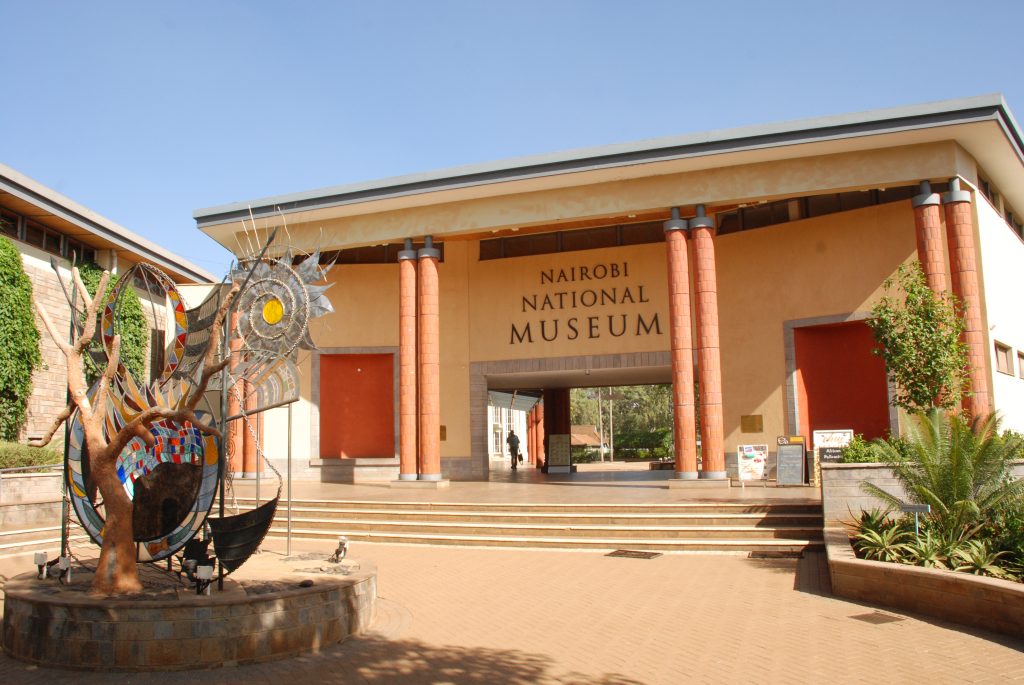
This is the flagship museum of the National Museums of Kenya (NMK), which preserves, studies and showcases Kenya’s rich history, heritage and culture both past and present.
The Nairobi National Museum is older than Kenya itself! The idea of a museum in Kenya was born on March 25th, 1909, when ten individuals gathered to discuss forming a Natural History Society for East Africa. By 1910, the first museum building was constructed, housing fascinating natural history specimens. Over a century later, it remains a treasure trove of Kenya’s rich heritage. A trip here will be the icing on the cake for an epic Kenya safari.
Opened in 1930 at its current location, the Nairobi National Museum has seen tremendous growth, and now even conducts research in botany, zoology and many other fields.
Must-sees at the Nairobi Museum include the Cradle of Mankind collection, Ahmed the Elephant, the Birds Gallery, Joy Adamson’s Gallery which includes a painting of Elsa the Lioness, the Hall of Kenya and many more.
The museum also hosts temporary exhibitions for artists and is hired to film and host events. It also has a snake park and a café.
Karen Blixen Museum
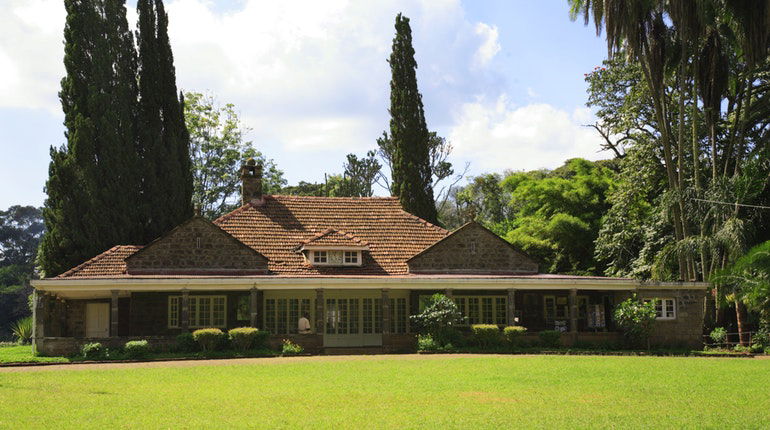
Located 10 kilometres from the Nairobi City Centre is the Karen Blixen Museum. It is the former home to Karen Blixen, a Danish author famed for her ‘Out of Africa’ autobiography.
The house was bought by Karen and her husband in 1917, and it was their farmhouse where they practised coffee farming. It gained worldwide fame after the release of the film Out of Africa, based on Karen’s book, which won an Academy Award.
The Karen Blixen Museum was officially opened in 1986 and is found in a serene environment where visitors get to tour the home, see the remaining coffee plants and learn more about Karen Blixen.
Nairobi Gallery
The Nairobi Gallery was built in 1913 and was the former PC’s office where births, marriages and deaths were recorded.
The gallery has the point zero where all distances to all places in the country are measured.
The Nairobi gallery also showcases temporary art exhibitions as well as the Joseph Murumbi collection
Railway Museum
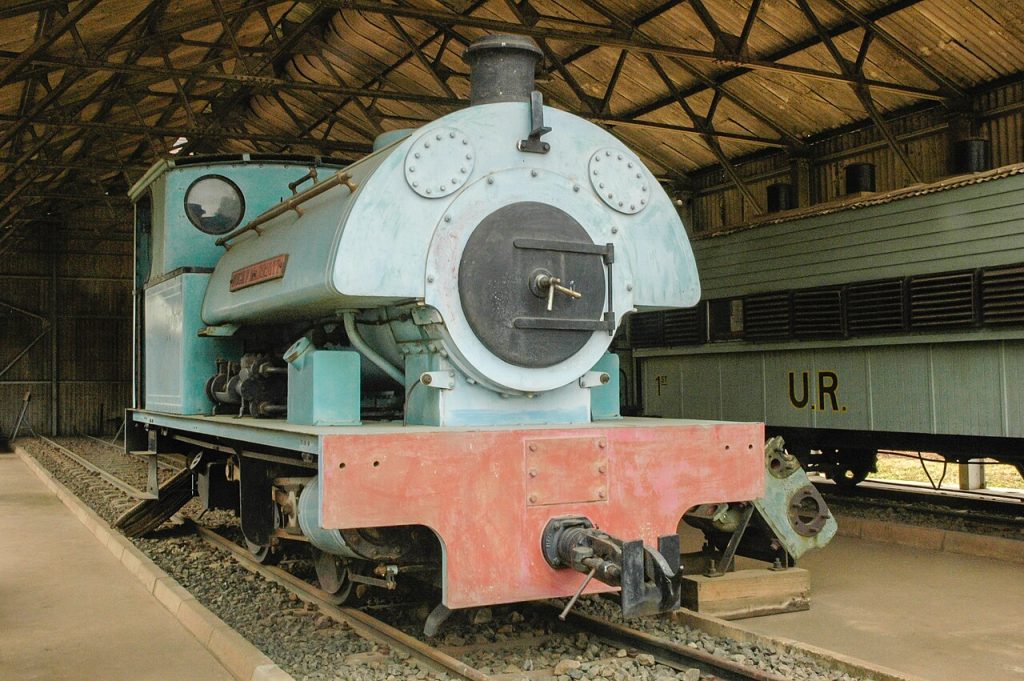
This museum is located in the city centre next to the Nairobi railway station. It was opened in 1971 and is run by the Kenya Railways Corporation.
The museum showcases the 3 early steam trains, diesel locomotives and passenger coaches previously used for transport in the country. These can be viewed by guests upon request. One of these trains was used in the movie ‘Out of Africa’, based on Karen Blixen’s autobiography.
The Railway Museum also has a working miniature railway and a train, that is used during shows.
Museums in Kenya Found in Rift Valley
Hyrax Hill Museum
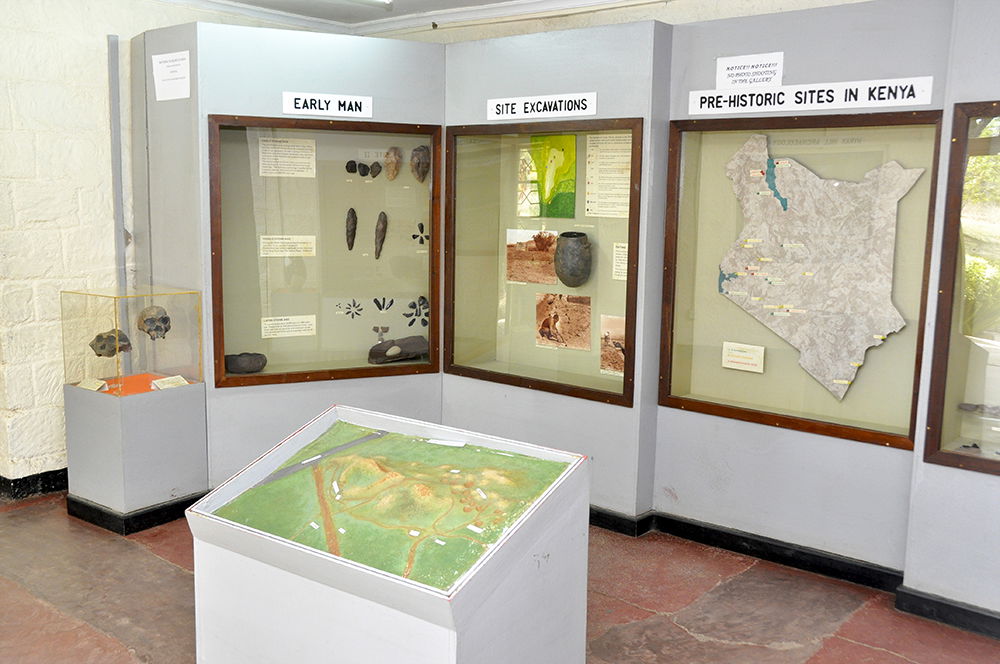
It is located in Nakuru Town in a building that used to be a farmhouse. The name comes from the numerous hyraxes found in the area.
Hyrax Hill depicts a 3000 old settlement by prehistorical people with the earliest site dating back to the Neolithic age.
It was declared a national monument in 1943 and continues to be an archaeological point of interest as a research area and a reference point for investigations, making it among the best museums in Kenya for prehistoric data.
Narok Museum: Cultural Center for Museums in Kenya
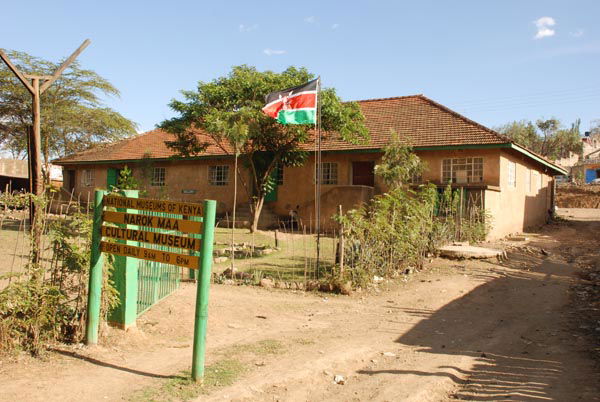
This museum was set up to celebrate, showcase and preserve the culture and rich traditional Knowledge of the Maasai and Maa speakers.
It displays artefacts, pictures and collections about the traditional lifestyle of the Maasai. Joy Adamson’s reproduced paintings done between 1949 and 1955 on the Maasai lifestyle are found here. Additionally, the gallery also has 8 photographs taken by Adamson in 1951 in the then Maasailand.
For cultural and heritage information, Narok Museum is among the best museums in Kenya.
Kariandusi
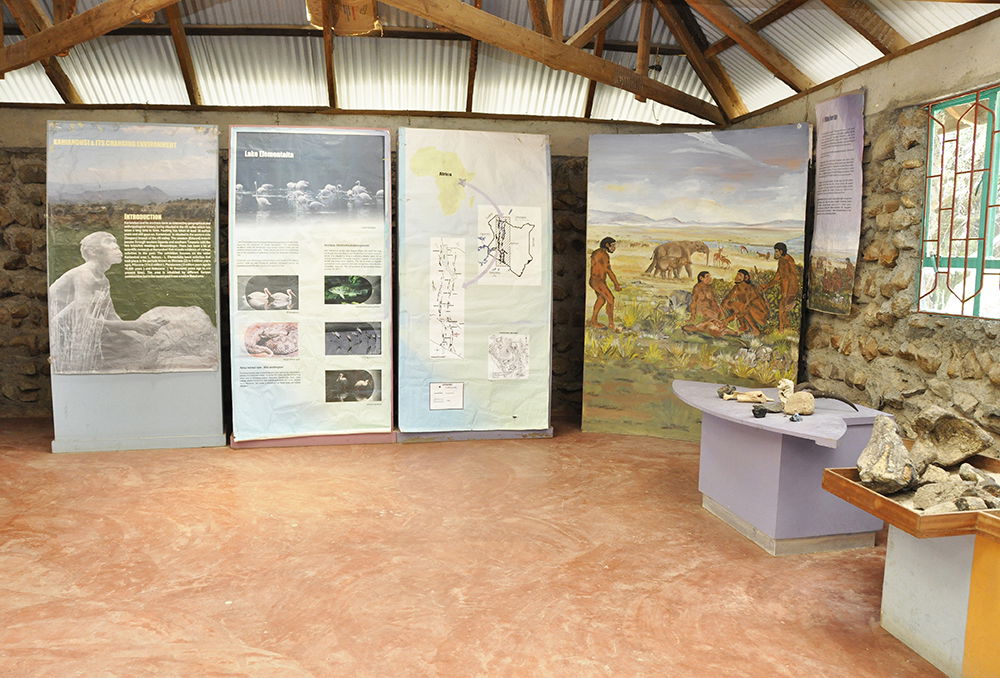
Kariandusi is found about 2 kilometres east of Lake Elementaita, about 120 kilometres from Nairobi. It was among the first discoveries of Lower Paleolithic sites in East Africa and it is probably the first Acheulian site to have been found on site in East Africa.
Kariandusi also has a campsite, a museum exhibition hall, a gorge, a picnic site and many more attractions. It is also ideal for birdwatching.
Kabarnet Museum
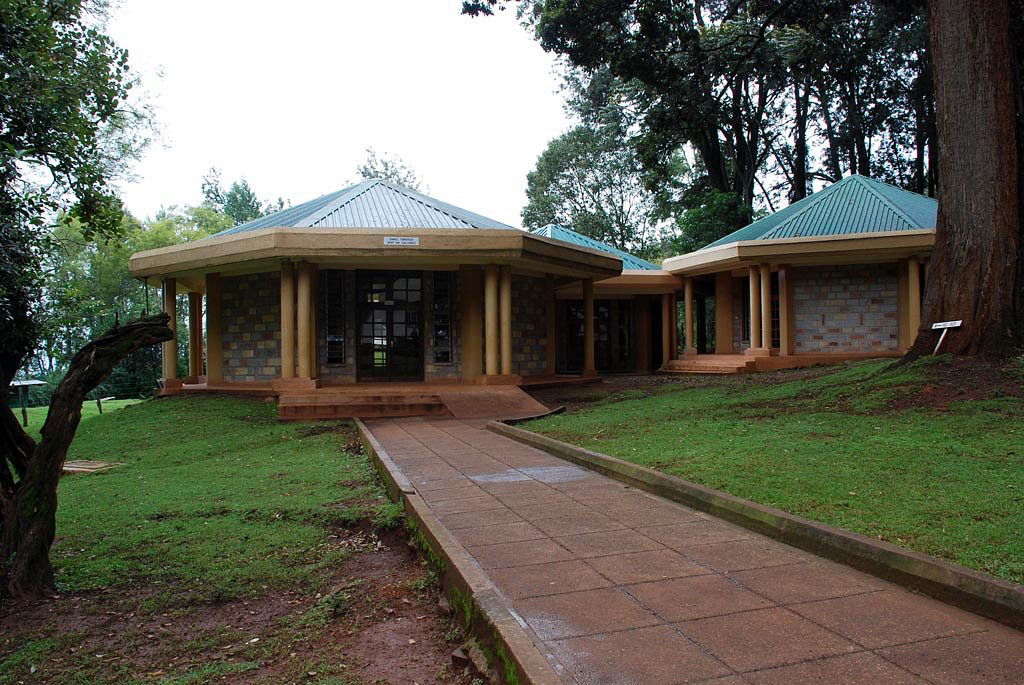
This museum is found in Baringo County in what used to be the former District Commissioner’s home. It was officially opened in 1996 and mainly showcases aspects of the communities within the Rift Valley region; both indigenous and scientific knowledge, as well as culture and environment.
Among museums in Kenya, the Kabarnet Museum include a history of the area before, during and after independence and displays of cultures of communities such as the Samburu, Marakwet, Pokot and Nandi among others.
Kabarnet Museum is also located close to other attractions such as the Kerio Game Reserve, Sirikwa holes and other archaeological and paleontological sites.
The place also has scenic views of Tugen Hills, Lake Baringo and Lake Bogoria.
Kapenguria Museum: Best Museums in Kenya for History
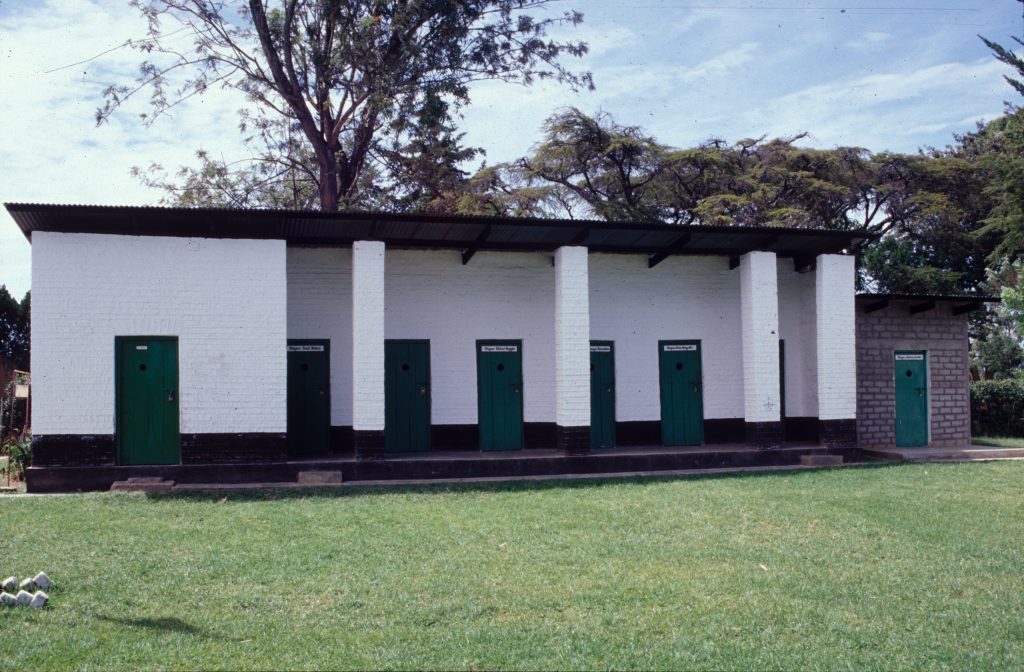
The museum is found in Kapenguria town, West Pokot County in what used to be a prison. Here, six of the leaders who fought for Kenya’s independence were once detained and are famously known as the Kapenguria Six. The six include Kenya’s first president Jomo Kenyatta, Achieng’ Oneko, Kungu Karumba, Bildad Kagia, Paul Ngei and Fred Kubai.
The Museum was officially opened in 1993 after being rehabilitated by the National Museums of Kenya, with assistance from the Dutch Fund. It has a memorial library containing books and documents about the various heroes involved in Kenya’s independence.
Also found in the museum is the Pokot gallery which collections and artefacts about the Pokot people and also collections on the history of precolonial, colonial and post-colonial Kenya.
Tambach Museum
Tambach Museum is located in Elgeyo-Marakwet County and was established in 2012 to preserve the rich heritage of Tambach town and the cultures; both past and present, of the Marakwet and Keiyo communities.
This former District Commissioner’s home showcases archaeological and ethnographic collections from the county and the Tambach Heritage Town exhibition. The latter highlights the history of the Town before and after independence.
Museums in Kenya Found at the Coast
Malindi Museum
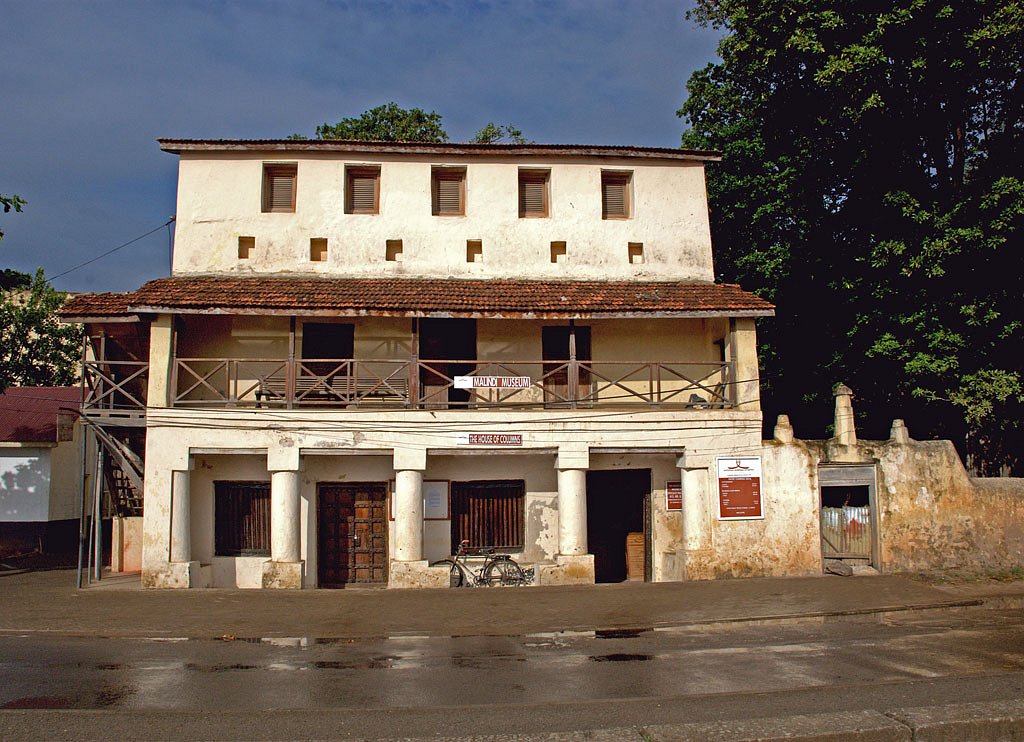
The building in which the museum is located is believed to have been built around the 19th century however, the exact date is not known. It was handed over to NMK in 1999 and was opened as a museum in 2004.
The museum houses temporary exhibitions and is an information centre of the attractions and happenings of Malindi placing it among the best museums in Kenya.
Fort Jesus: Museums in Kenya Archeological Masterpiece
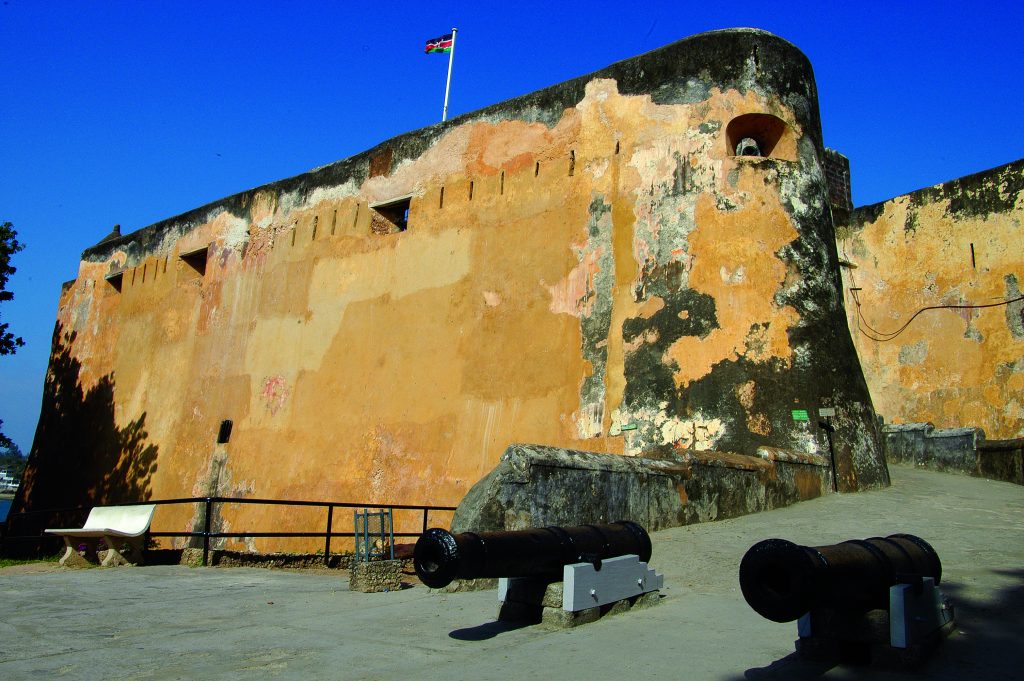
The Fort was built in 1593 by the Portuguese to secure their safety on the East African Coast. It was once under attack by the Omani Arabs as they sought to take control of the coast from the Portuguese.
The Fort has been used as army barracks and even a prison, by the British. It was in 1952 declared a National Park and finally made a museum in 1962.
The Fort Jesus Museum, built by a grant from the Gulbenkian Foundation, has exhibits which include archaeological excavations from Fort Jesus, Manda and Gede among others. It also showcases donations gifted by individuals.
Rabai Museum
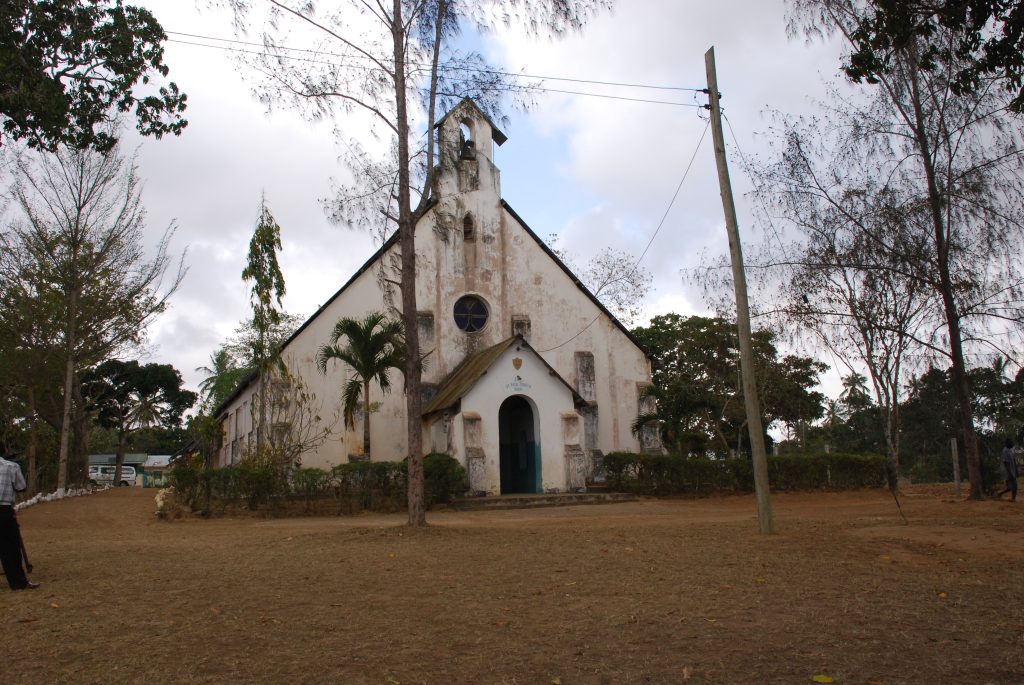
The St. Paul Church Rabai is the first church building ever constructed in Kenya, by the two first missionaries, Ludwig Krapf and Johannn Rebmann.
The Museum is found about 25 km northwest of Mombasa along the Mazeras-Kaloleni road.
Visitors to Rabai get to see the church complex, the mission market, Rebmann’s cottage that was converted into a school and the exhibition dubbed ‘From the Kaya to the Cross’ among many others.
Gede Ruins
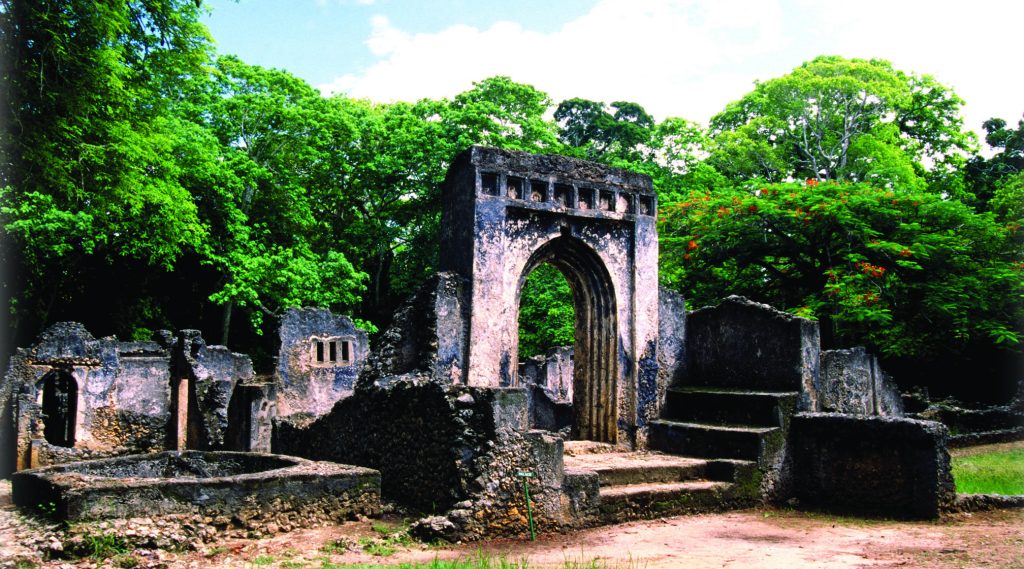
Gede Ruins, located in Kilifi County are the remains of a Swahili town, with settlements tracing back to the 16th, 15th and even as early as the 12th century. The remains depict what used to be houses, mosques and a palace, evidence of the wealth that was once in the town.
Gede is believed to have been abandoned due to raids and hostility from neighbours, shrinking water tables among many other factors.
Today, Gede remains an important archaeological site. The forests are considered sacred by the local community who perform their rituals and sacrifices there.
Lamu Museum
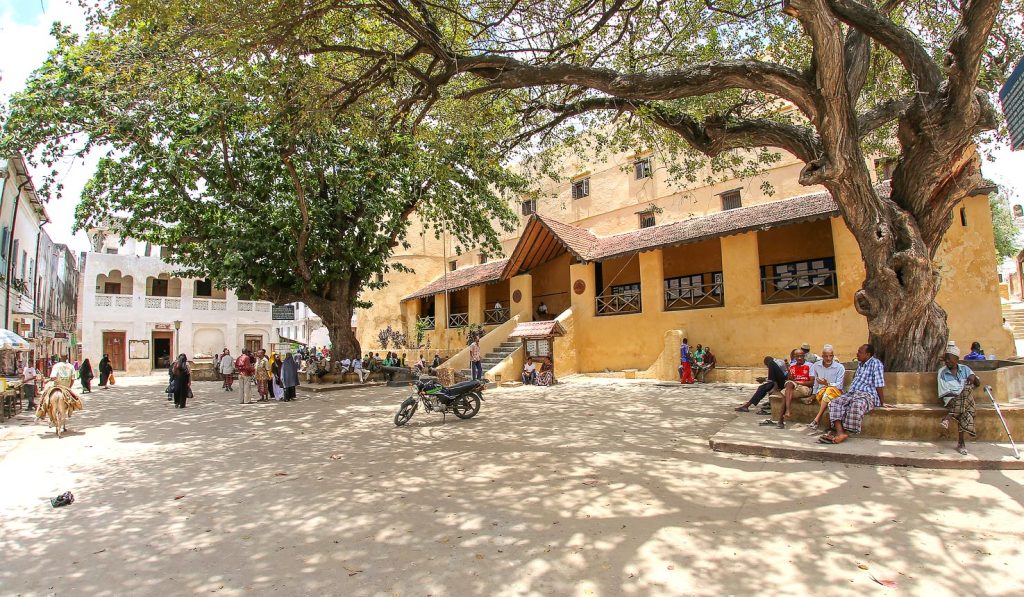
Lamu is a UNESCO World Heritage site, with unique attractions which include the Lamu Fort, Lamu Museum, Takwa Ruins, German Post Office and the Swahili House.
Lamu Museum is found in Lamu Fort, which was built in the 1800s. It served as a garrison during the Oman rule and this encouraged settlement in the area. The fort, built in 19th-century Swahili architectural design, was once used as a prison from 1910 to 1984 before being established as a Museum.
As a museum, the Fort’s main theme is environmental conservation. It also has collections on the cultures of the Pokomo, Swahili and Orma communities.
Archaeological excavations from Takwa Ruins and other artefacts are displayed at the Fort, depicting the life that once was in the Lamu archipelago
Museums in Kenya Found in Western
Kitale Museum

This is the first inland museum in Kenya. It was at first called Stoneham Museum, after a naturalist who lived in Kitale and had a collection of insects and other animals, kept since childhood.
Stoneham founded the museum in 1926, and it contained his collections. The NMK opened the National Museums of Western Kenya in 1974 with Kitale being the first.
Kitale Museum still has Stoneham’s collection and other cultural materials from the ethnic communities found in the region. It is also involved in environmental conservation with an agroforestry centre to promote agroforestry in West Pokot. The Museum also has a nature trail.
Kisumu Museum
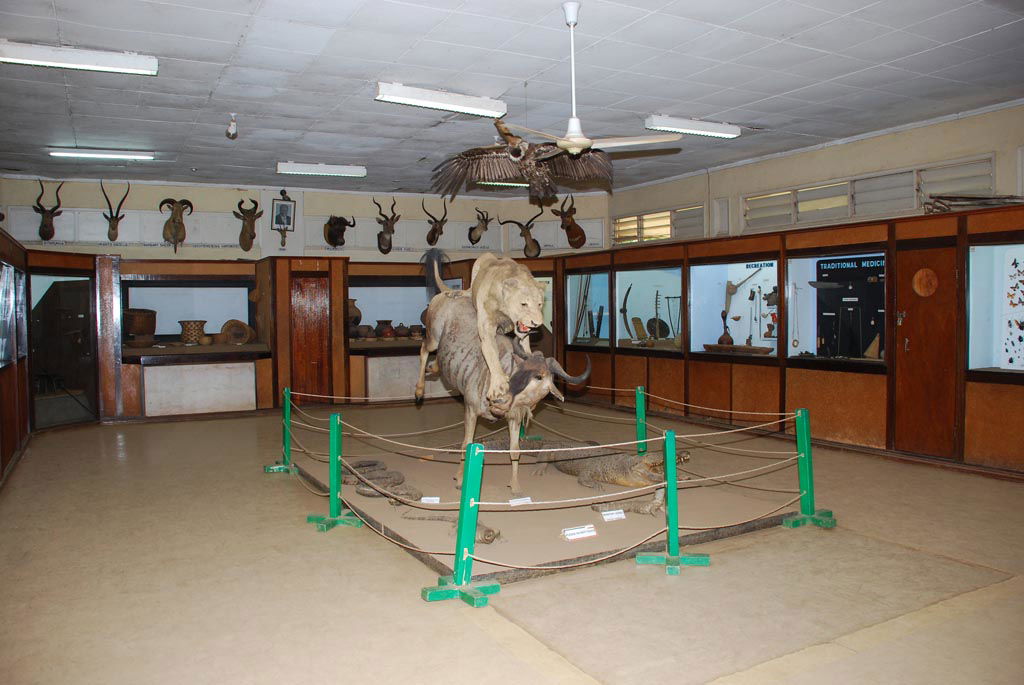
It is found in Kisumu town along the Kericho highway. Opened in 1980, this museum contains information on cultural and scientific issues concerning Western Kenya. It is also found close to significant monuments such as Fort Ternan and Thimlich Ohinga among others.
Museums in Central Kenya
Nyeri Museum
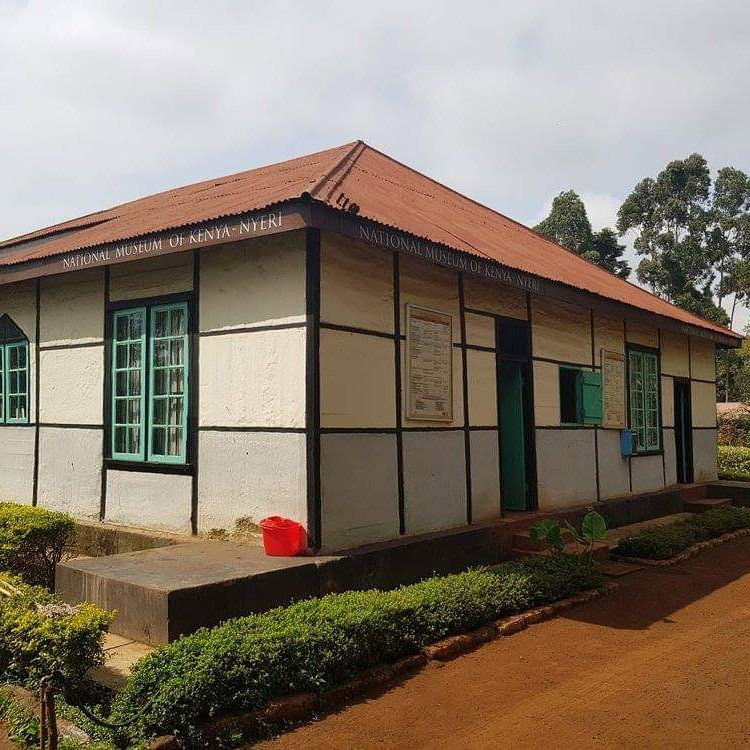
Nyeri Museum is found in Nyeri County in what used to be a native law court. Built in 1924, this court solved customary and common cases previously solved by elders. Later, another building was erected since the cases kept on piling up.
Now under the National Museums of Kenya, Nyeri Museum has information on the journey to Kenya’s independence, portraits of some of the Kenyan heroes and collections that highlight the Kikuyu culture. These include photographs, traditional tools and weapons among others.
The museum also puts a spotlight on the role of women in the history of the country.
Meru Museum
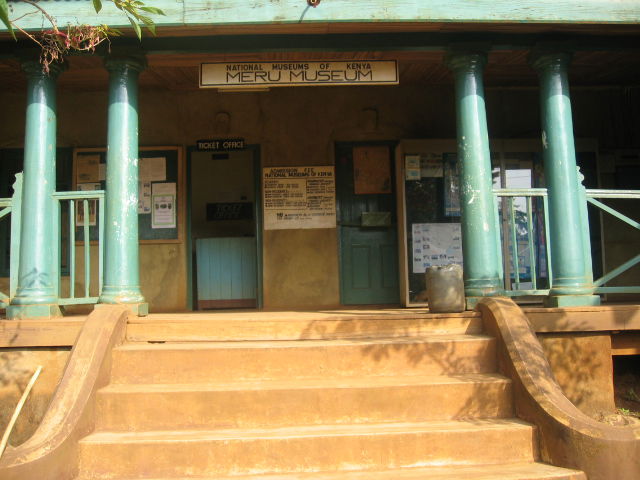
Meru Museum is found in Meru County and was set up to preserve and showcase the knowledge and culture of the Meru community of Kenya.
The Meru Museum building was built in 1916 for administrative purposes and later the Meru Municipality together with NMK established the museum.
The Museum today displays different aspects and history of the Meru community and a Birds of Meru collection.
A garden of native medicinal shrubs can be found in the compound as well as traditional huts and a theatre.
Museums Found in Northern Kenya
Desert Museum: a Historical Paradise of Museums in Kenya
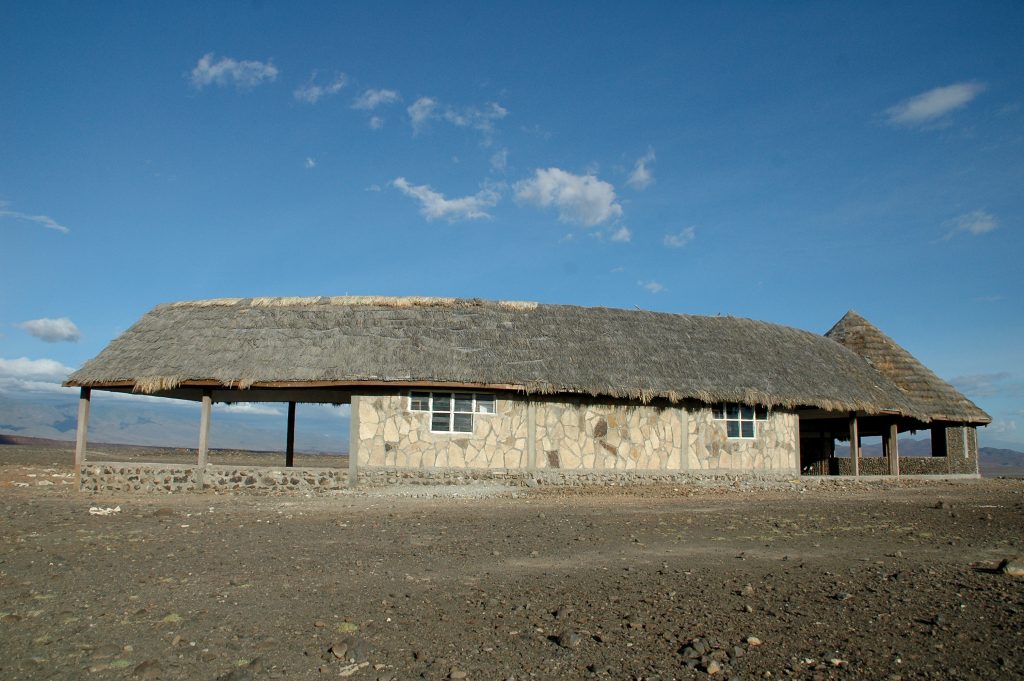
The Desert Museum is found in Loiyangalani with views of Lake Turkana. It was opened in 2008 and highlights the rich cultures of the eight communities found around Lake Turkana. These are the El Molo, Rendile, Dassanach, Samburu, Gabbra, Pokot, Watta and Turkana.
Other attractions found in the area include; Lake Turkana, the Rock Art, El Molo Shrines and a local market. Visitors to the museum can also enjoy camping and El Molo village tours among others.
NMK and other partners also put together the Lake Turkana festival held annually in Loyangalani to celebrate the rich culture of the region.
Wajir Museum
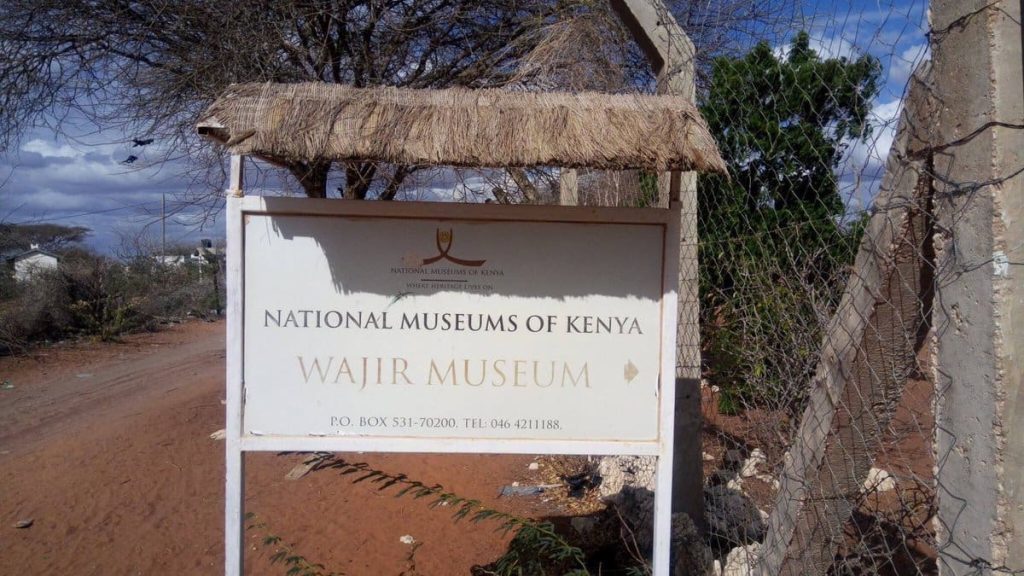
Wajir Museum was opened in 2011 and highlights the culture of the communities living in Northern Kenya and its interaction with the world.
The museum has an exhibition dubbed ‘ A Window to Northern Kenya’ that showcases the customs of the communities found in this region of the country.
The Museums in Kenya tell different stories of our cultures, heritage, art and nature. They continue to be a great place to experience and learn about the country while having fun and enjoying the different things they have to offer.




